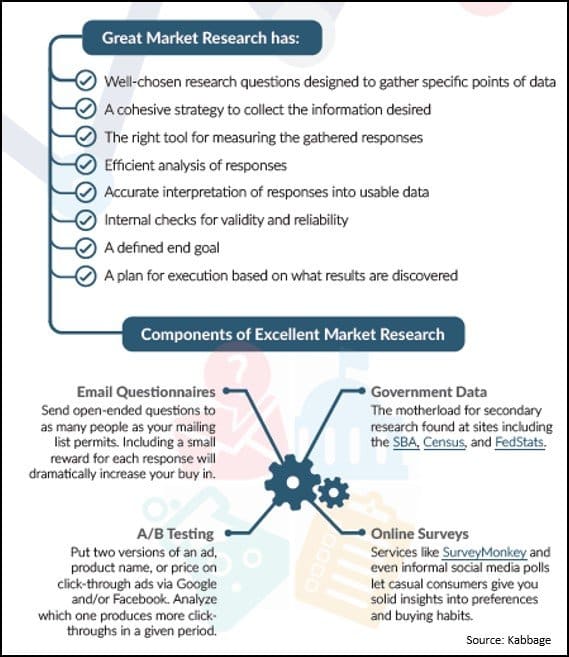
As the Subscription Insider Guide to New Product Development (NPD), I’m constantly keeping an eye out for bite-size information that will help you develop and scale better subscription products. Here’s my “Five on Friday” compilation for July 1st, featuring the five best trends, tips, quotes or stats from my reading this week.
1. Virtual Reality in the Newsroom? Maybe.
In this interesting TED Talk, Nonny de la Pena, a pioneer in leveraging virtual reality (VR) in what has been coined “immersive journalism,” gives us a look at how VR is being used to create news experiences that seem to put you in the moment at events from a line at a food bank to a bomb explosion. Food for thought for all subscriptions looking to expand their offerings. Can VR be used to recreate the feeling of being on the spot at important world events without turning it into a video game? Time will tell.
2. Subscription Box Businesses Diversifying Ahead of “Subscription Fatigue”
While this post from Chargify’s website is light on thoughtful predictions, it does offer a good quote from Birchbox co-founder Katia Beauchamp on the topic of staying ahead of the crowd of subscription-box newcomers:
“I find it hard to see ourselves living on in perpetuity without adding [online upsell to full-size cosmetic products and bricks-and-mortar stores] to the business model beyond the box itself,” Katia Beauchamp, Birchbox co-founder
With Amazon diving into bricks-and-mortar in a big way this year, it may be that Beauchamp is on to something. Will Print be the new Black?
3. Templates for Product Management Activities

For those of you Subscription Insider subscribers who are following my new product development article series “Getting Your Product out the Door: New Product Development Basics,” you may be looking for additional inspiration for RACI, feature prioritization or other templates. 280Group offers a wide variety of free-with-email basic templates, with instructions, that are a great starter kit for any new product owner.
4. Why 1 in 5 Products is Not Meeting Market Needs
Whether it’s fair to draw a correlation between the first two statistics on this infographic from 280Group is debatable, but I’d have that debate. Without consistent product management, it’s not surprising that 21% of products fail to meet customer needs. What do product managers offer that improves that statistic?
- They’re the glue to bring product development efforts together. The functional experts in a business need to stay focused on their deliverables. Be they software code, an email campaign or closing the sale, each plays a critical piece in the process of business success. But the product manager brings all the efforts together around the needs of the market, to ensure that each effort moves the company closer to delivering the solutions they want.
- They develop with discipline. Good product managers listen to the market. Not just customers, but the entire market; responding to needs with solutions those customers not only like, but are willing to pay for. Without a product lead and solid product development process, other business units respond to customer needs as best they can, but in ways that might not be optimal for either the market or the company. Sales create products on the fly while negotiating with customers, engineers build features because they can, and the legal department reigns in creative ideas to minimize risk. Trained product managers are “dispassionately passionate” about bringing the best possible product to the most lucrative possible market.

- They are the voice of the market. It’s a common mistake to believe that sales is the voice of the market, but in fact, sales is the voice of A customer (or a few customers). The sales professional’s job is to close a deal and to build deep relationships with individual customers, to understand their unique needs. But to build a product requires identifying patterns of need across customers and markets to compile a feature set that can be sold over and over again. That’s the role of the product manager.
5. Components of Great Market Research are Specific, Efficient, and Actionable

This is a simple, solid reminder of the core elements of market research from Kabbage (although it can only be accessed by providing your email address); ask yourself the eight questions at the top as you create surveys, focus group scripts or demo days.
Have a great weekend and for everyone celebrating in the US, an Independence Day full of fireworks and fun.
Diane







